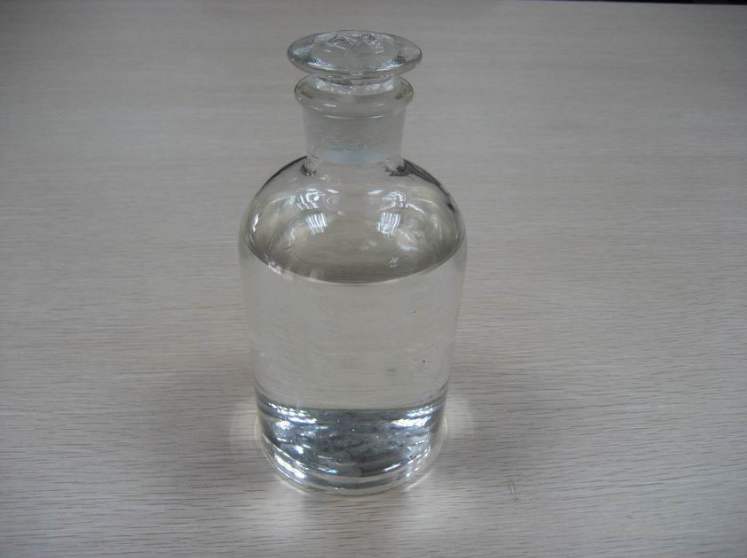[Alias]Glacial acetic acid, anhydrous acetic acid, ice acetic acid.
[Molecular Formula]C2H4O2
[Structural Formula]CH3COOH

[Properties]98%-100% acetic acid forms ice at 16°C. Hence the name, it is a colorless and transparent liquid above 16°C with a pungent odor. It tastes sour when fully diluted with water. Below 16℃, it is hygroscopic leaf-like crystal. The boiling point is 118℃, the relative density at 0℃ is 1.086, and the viscosity is 11.83mPa·s (20℃). When mixed with a small amount of water, it will generate heat, the capacity will decrease, and the relative density will increase. The relative density is maximum when the concentration is 77% -79%. Ice When acetic acid crystallizes at 16°C, the volume expands and the glass bottle will often burst. In hot weather in summer, the overflow of glacial acetic acid vapor will increase the pressure in the bottle and cause the cork to pop off, so it should be stored at 17-32 ℃ indoor. It can be co-soluble with water, ethanol, propylene glycol, glycerin and carbon tetrachloride. It produces white smoke when in contact with ammonia. It has strong dissolving ability and can dissolve phosphorus, sulfur, fat, oil, resin, pigment, Proteins, etc. React with most metal oxides and organic bases to form acetate. Its vapor can penetrate polyethylene film. It is very stable to oxidants and will not be oxidized by strong oxidants (such as potassium permanganate) at room temperature. Skin contact There is irritation and burning sensation. When the temperature is close to the boiling point, it burns with a weak blue flame and generates carbon dioxide and water vapor.
[Use]Glacial acetic acid is an important organic chemical raw material. Used in the synthesis of vinyl acetate, acetate, acetate, thioglycolic acid and chloroacetic acid, etc., and also used as a solvent in the manufacture of rubber, plastics, dyes, etc. In the printing and dyeing industry, it is used as an anti-alkali agent for dye developing solutions, a modulator for pigment printing adhesives, and as a dyeing auxiliary and retarding agent. In the food industry, it is used as sour agent and spice. In the fermentation industry, it is used as a flavor enhancer for Quxiang wine. It is also a raw material for manufacturing dyes, medicines, pesticides and synthetic fibers. Also used as disinfectant, bactericide, etc.
[Brief preparation method]
① Glacial acetic acid can be produced from acetaldehyde and air or oxygen through liquid phase oxidation under the action of manganese acetate and cobalt acetate catalysts.
② Glacial acetic acid is synthesized from methanol and carbon monoxide under the action of a catalyst.
③After butane or naphtha and homogeneous catalyst (manganese acetate, cobalt acetate) are dissolved in glacial acetic acid, air is introduced under high pressure to carry out oxidation reaction. Can be made into glacial acetic acid.
[Safety and Protection]Glacial acetic acid is a second-level organic acid corrosive substance, hazardous regulation number: 9400l. Packed in aluminum alloy or plastic barrels, the net weight of aluminum barrels is 100kg or 200kg, and the net weight of plastic barrels is 25L. Pay attention to fire and explosion protection during storage.
Low-concentration glacial acetic acid is non-toxic. When the concentration exceeds 5%, it is highly corrosive to the skin and has strong irritating effects on the respiratory tract, esophagus, eyes, etc. Skin contact It should be cleaned immediately with plenty of water or 2% baking soda solution.

 微信扫一扫打赏
微信扫一扫打赏

